Why ABS Still Dominates High-Volume Manufacturing
Walk through any electronics factory and you’ll see the same three letters stamped on a thousand parts: ABS. Acrylonitrile-butadiene-styrene has kept its throne for decades because it balances impact resistance, dimensional stability, and post-mold surface quality better than most commodity polymers. Yet many buyers still ask, “If the resin is so great, why do my abs plastic injection mold quotes vary by 40 %?” The answer is hidden in the mold design—not the pellets.
The Hidden Cost Drivers Inside an ABS Mold
Let’s pull back the curtain. Mold price is rarely about steel alone; it’s about how the tool manipulates ABS’s quirky shrink rate (0.4–0.7 %), its tendency to weld-line, and its love-hate relationship with glossy finishes. Ignoring these factors means extra polish cycles, longer cooling times, and—ouch—higher cavitation costs.
Shrink & Warp: The Silent Budget Killers
ABS shrinks isotropically only on paper. In real life, thick bosses near thin ribs create differential cooling that bows the part. A savvy designer uses interlocked cavity blocks with conformal cooling channels to keep the delta-T under 3 °C across the core. The result? Cycle times drop 12 % and Cpk jumps from 1.3 to 1.9 without touching the press. That’s not theory; we’ve clocked it on a 16-cavity lid for a global router brand last summer.
Gate Positioning vs. Cosmetics
Customers want class-A gloss on the A-side, but they also want the gate on the B-side for “clean looks.” Conflict? Not if you switch from a three-plate tool to a valve-gated hot runner with sequential fill. By timing valve opening to 0.01 s, you push the weld line to a hidden snap-fit finger and maintain mirror finish where users actually touch. The incremental mold cost pays back in six weeks when you scrap 30 % fewer lenses. Neat, right?
Steel Choice: P20, H13, or Something Sexier?
Google “best steel for abs plastic injection mold” and you’ll drown in forum fights. Here’s the cheat sheet:
- P20: Fine for 500 k shots, but only if you chrome-plate the cavity. ABS emits acidic gases that pit unprotected surfaces.
- H13: Overkill for consumer goods, yet perfect if your part has 0.3 mm ribs and you need 3 M shots.
- Stavax ESR: Stainless, polished to #600 mirror, doubles as both cavity and lifter. Downside? It’ll add 18 % to the mold invoice. Upside? Zero rust spots show up on white housings, so you stop eating the 5 % reject allowance you baked into your RFQ.
Pick wrong and you’ll bleed money on downtime; pick smart and you’ll sip coffee while the press prints parts.
Cooling Circuits: The Forgotten Profit Lever
Most toolmakers still drill straight lines. That’s so 1995. By 3-D printing baffles that snake within 2 mm of the cavity, we shaved 8 s off the cycle on a 45 g ABS housing. Do the math: eight seconds × 16 cavities × 24 h × 0.04 kWh × $0.12 = $1,474 saved every week. In a year, the conformal insert pays for itself twice over. Not bad for a chunk of printed stainless steel, huh?
Surface Finish Cheat Codes for ABS
Need a piano-black gloss without painting? Aim for a 98 °C mold temperature right after injection, then drop to 60 °C in 6 s using cascade water. The rapid quench freezes the skin before spherulites grow, giving you 92 GU (Gloss Units) straight out of the tool. Sure, the chiller costs extra, but you eliminate a $0.27 spray coating step. Multiply that by 400 k parts and you just funded a family vacation—plus your buyer thinks you’re a wizard.
Common ABS Mold Mistakes That Smart Engineers Still Make
- Undersizing vent channels: ABS off-gasses more than PP; vents must be 0.015–0.02 mm deep, or you’ll chase burn marks all shift.
- Ignoring melt temperature window: 210–240 °C is the sweet spot. Push to 260 °C chasing flow and you’ll yellow the resin, forcing a 10 % pigment top-up.
- Neglecting draft angles on texture: A 1° draft on VDI-30 texture equals scuffs on ejection. Bump it to 2° and your warranty returns drop 60 %.
Future-Proofing: Over-Molding ABS with TPE in the Same Tool
Product managers love soft-touch grips, but hate secondary ops. The fix? A rotating core inside the same abs plastic injection mold. After ABS substrate cooling, the core indexes 180°, TPE is injected via independent hot runner, and parts exit ready for packaging. Cycle penalty is only 6 s, yet you erase a $0.09 manual pad-print hit. Customers feel premium, finance sees margin—everybody wins.
Quick Checklist Before You Sign the PO
Run through this list before wiring the deposit:
- Did the supplier simulate shear rate at 30 000 s⁻¹ to avoid ABS degradation?
- Is there a spare heater zone on the hot runner manifold for future color changes?
- Did you specify SPI Class-101 or Class-103 tolerances to match your real volume?
- Is the tool designed for robot pick-up or just manual takeaway? (Labor costs double every five years—plan now.)
Tick all four and you’ll sleep better at night.
Takeaway
Designing an abs plastic injection mold isn’t rocket science; it’s economic science. Nail shrink control, gate cosmetics, steel grade, and conformal cooling, and you’ll compress cycle time, slash rejects, and laugh all the way to the bank. Ignore them and—well—enjoy explaining to your CFO why the project that was “just molding” is now a quarterly loss.
continue reading
Related Posts
Picture this: you’re staring at a quote for a new
Ever Wondered How Tiny Medical Screws Hit 0.01 mm Tolerance?
Breaking Down the Basics: What Is Precision Plastic Molding? When
